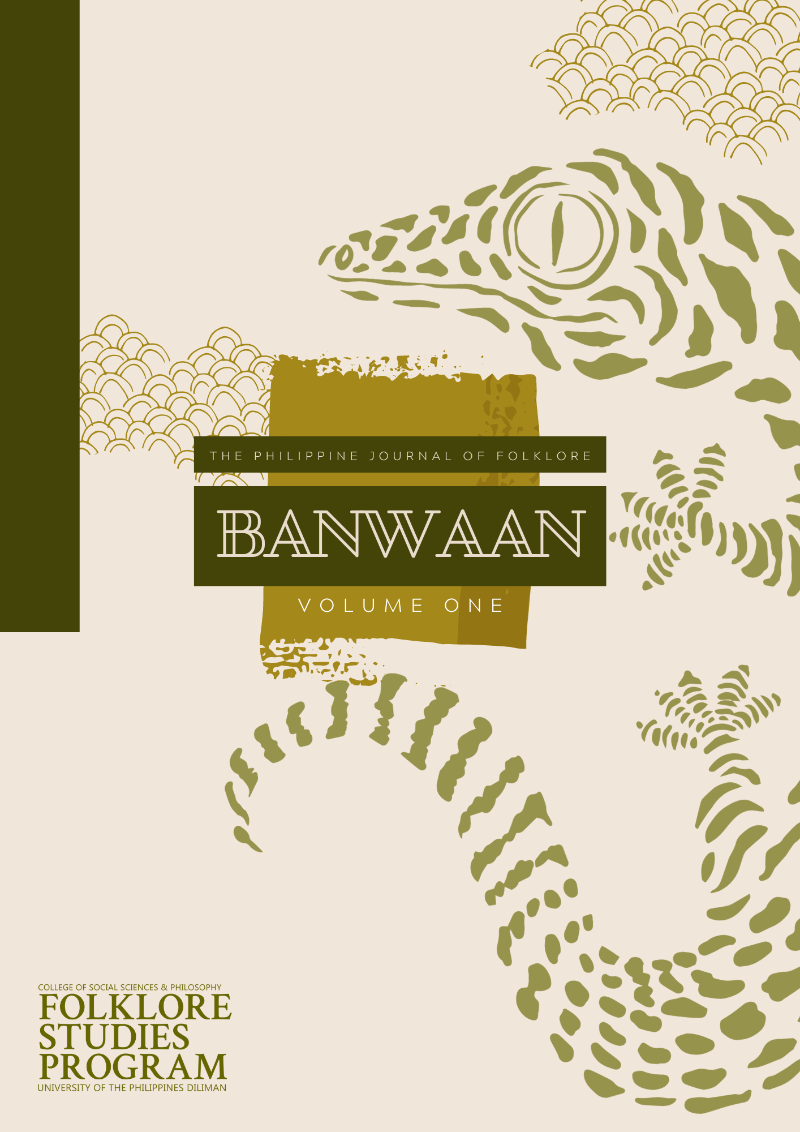The Folk in Filipino Catholic Christianity
Abstract
Folk Christianity isassociated with pagan behavior of FilipinoCatholics,
such as in wiping a sacred image with bare hands or with a handkerchief
and rubbing it on the body part that is afflicted with illness or disease.We
equate Folk Catholicism with religious festivals where throngs of
devotees exhibit such fervent devotion to the point of madness, like in
Mikhail Bakhtin’s Carnival as Counter-Culture or Victor Turner’s
Liminality, when devotees at a particular moment turn from the faithful
to the fanatic. Fr. Jaime Bulatao (1966) identified this as Split-Level
Christianity: the normative behavior of Christians inside a church and
the unexpected behavior which he describes as an “occasional
breakthrough of one’s spontaneous self” (as cited in Drona, 2008, par.
2). Anthropologist F. Landa Jocano (1967/2019) distinguished two
kinds of Catholicism: Rural Catholicism vs Urban Catholicism.
Consequently, Fr. Leonardo Mercado (1994) pursued the study on the
“Filipino Mind” to understand the Filipino psyche and behavior based
on concepts and terms in the vernacular. Unwittingly, Bulatao, Jocano,
and Mercado’s studies resulted to a kind of dualism: a bifurcation
between the folk (pagan) and the western (Christian). This paper
problematizes the Folk in Filipino Folk Catholicism. Why are they
viewed as pagans, heathens, and masses? This work intends to recuperate
the definition of folk from a simplistic binary opposition or dualism
using Cultural Exegesis framed by Syncretism and Inculturation. It shall
also draw from the author’s own reflective and reflexive practice as a
Filipino Catholic faithful.
Keywords: Split-Level Christianity, cultural exegesis, syncretism,
inculturation, binary opposition


